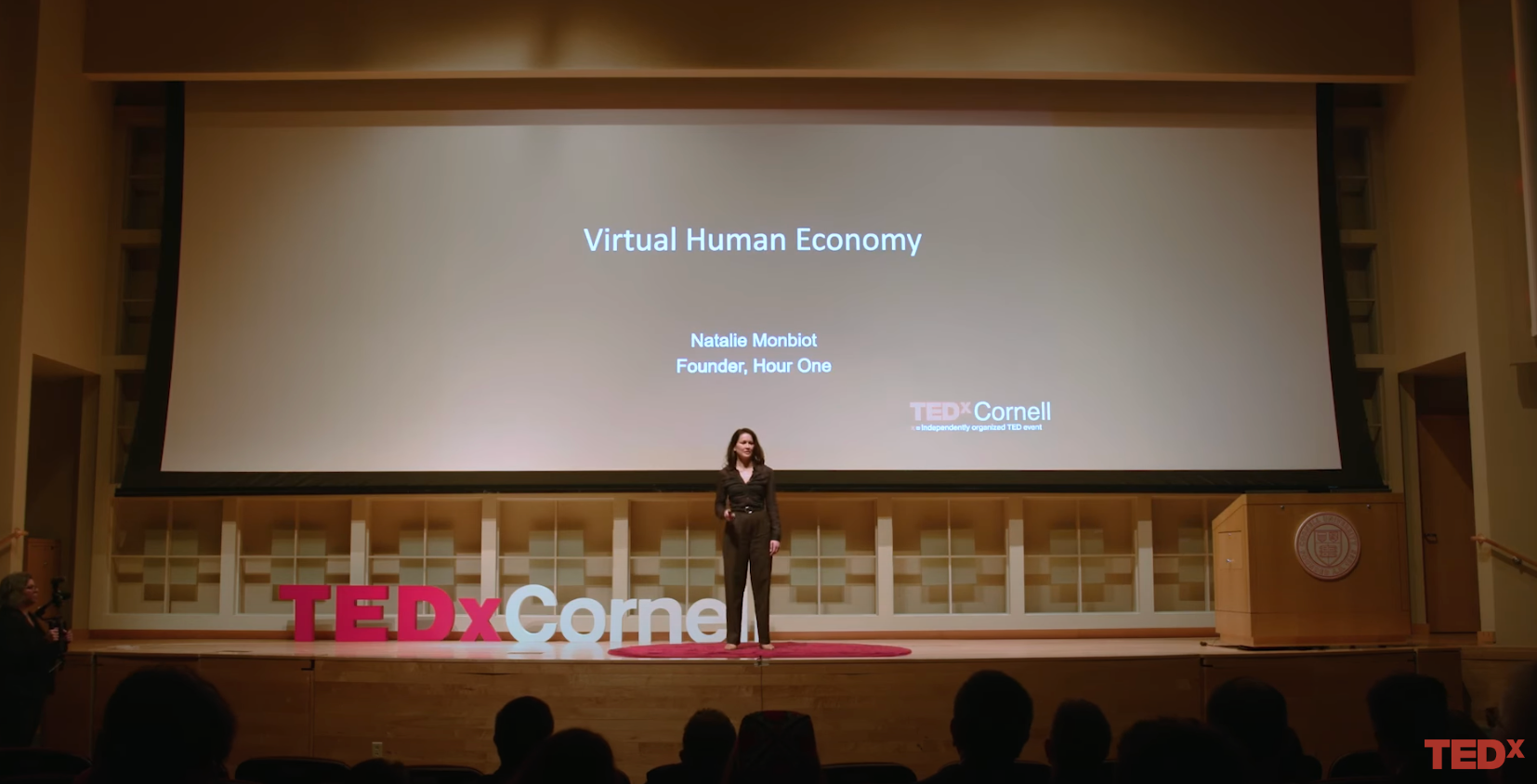Generative AI is an exciting and rapidly advancing field that has the potential to revolutionize many industries. The release of generative AI tools like Dall-E and ChatGPT, with their constantly evolving features and technology, is making it very clear to all that AI is not going anywhere. AI is more than a trend – it is here to stay.
As a generative AI company, we find ourselves at the forefront of emerging AI trends. With our unique insights into the market and continuously developing technology, there are a few predictions we have for generative AI in 2024.
Here are 10 of our own generative AI predictions for this year, in part 1, we will start with the first five.
1. AI-created content will become the new normal
With generative AI able to tackle almost any type of content, including writing, videos, images, audio, and more, it stands to reason that the amount of AI-generated content will quickly begin to compete with human-generated content. With the use of natural language processing (NLP), AI can generate content faster, with greater accuracy and consistency than humans.
Marketing is a field where many different types of content converge. Marketers rely on blogs, social posts, ads, videos, and newsletters to get their branding messages across, meaning a lot of their time is spent creating or seeking out new content. According to Hubspot, generative AI in email creation is deemed ‘effective’ by 95% of marketers, with over half, or 54%, considering it ‘very effective.’ In 2024, we can expect those numbers to grow as AI technology becomes more mainstream and answers to many more corporate demands.
2. Content will shift to become more transient and immersive
Typically, content has taken a “one and done” sort of approach, where it’s created in a more permanent way that doesn’t allow room for much personalization. With generative AI, there’s a lot more room for flexibility and customization with content.
According to McKinsey, 71% of customers actually expect personalization when shopping. However, traditional personalization involves segmenting broad audiences by demographics, such as age, interests, or location. Now, AI can leverage large amounts of data, such as previous purchases or shopping behavior, to better analyze each individual customer. In 2024, we will begin to see more businesses turning to AI with the goal of creating more engaging and immersive content and experiences for each specific customer.
3. AI-based products will replace many existing procedures
While there are big expectations when it comes to how generative AI will impact specific industries or jobs, there’s no denying that it has already altered how we work as well as the technology we rely on. Many menial tasks that require significant time and manpower are now be replaced by AI. McKinsey has come up with many different use cases of how generative AI might be used by businesses. For example, generative AI can speed up reviewing code for engineers, it can help law professionals find references and specific documents a lot quicker, and allow HR departments to target the right candidates.
Statista: The number of jobs created and eliminated due to AI worldwide in 2022 (in millions)
All of this is meant to help us replace manual tasks with automation and machine learning in order to make work easier, not necessarily replace jobs altogether. That said, in 2024, as these relatively new AI technologies start to improve even further, we can expect to see them replace a lot of outdated work procedures we’ve gotten used to today.
4. Prompt engineers will be in demand
Many emerging generative AI tools are building their platforms on top of existing technology, such as GPT-3.5. In order for these new tools to succeed, the engineers behind them need to understand how the AI technology works in order to create the most relevant prompts.
As we saw already how AI might replace menial tasks and certain roles attached to them, it will also open the door to new types of jobs. Prompt engineers are being hailed as the job of the future and will become increasingly in demand as AI tools become more accepted and adopted by businesses. Even though many generative AI platforms are in their infancy, understanding how to prompt the technology has become a huge point of discussion. Entire prompt marketplaces like PromptBase have emerged, enabling users to get better results from generative AI tools.
5. AI-generated music will rank on popular streaming services
Music streaming services like Spotify or Apple Music are themselves huge sources of data for audio machine learning, which will inevitably pave the way for more AI-generated music. Spotify has already created some AI-based tools, such as open source audio-to-MIDI app, Basic Pitch, to help artists create new music with more ease.
With other AI tools reportedly in Spotify’s pipeline, it’s only a matter of time before fully AI-generated songs are produced. Given the popularity and hype surrounding other accessible AI tools, it’s entirely conceivable that an AI-created song will rank above a human-created one on Spotify in the near future.
Generative AI: the future at work
While many AI trends can be speculative, there’s no arguing that generative AI technology is here to stay. The way we create content for business, work with manual tasks, and the jobs we seek are likely to begin shifting in 2024, with even more widespread changes coming in the years ahead.
Platforms like Hour One are set to transform the video production landscape for businesses around the world. These AI video generation tools represent a significant leap forward, offering an easy-to-use and efficient method for crafting high-quality video content, dramatically cutting down the time and resources traditionally necessary for video production. With AI-video generation, businesses will find it easier to undertake tasks such as onboarding new employees, where compelling video content can simply dramatically the introduction to company culture and practices.
These tools are also set to enhance internal communications, letting organizations to convey complex information to their teams in a way that will actually be remembered. Training programs, essential for employee development, can be produced more effortlessly, catering to specific learning requirements and styles, removing the need for face-to-face sessions. And this is just the tip of the iceberg.
Keep an eye on this space for part 2 of our generative AI predictions for 2024.










